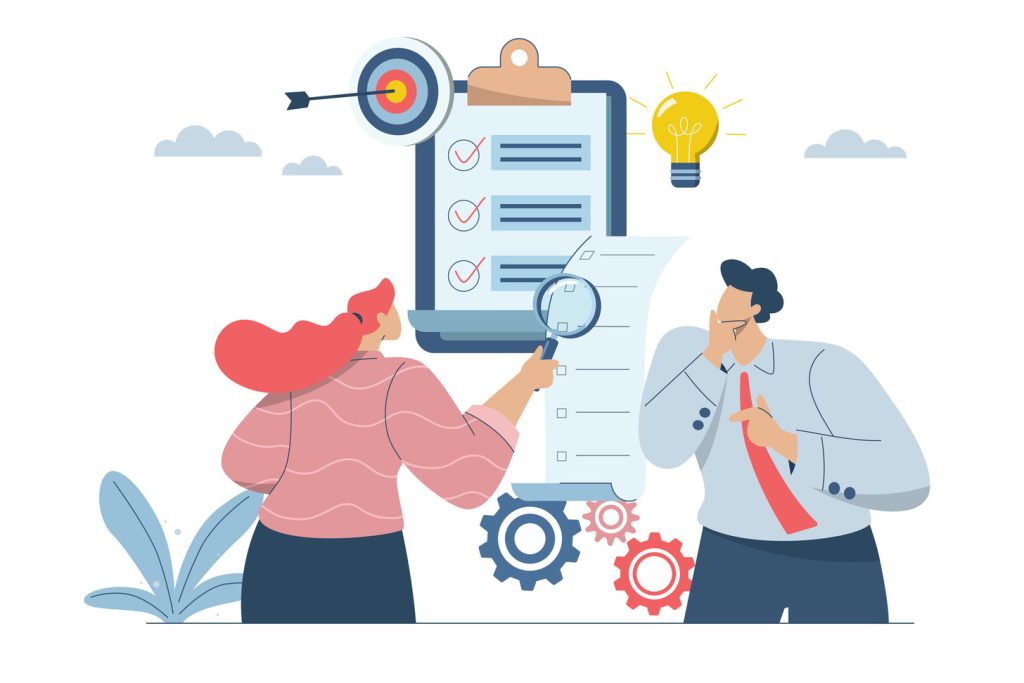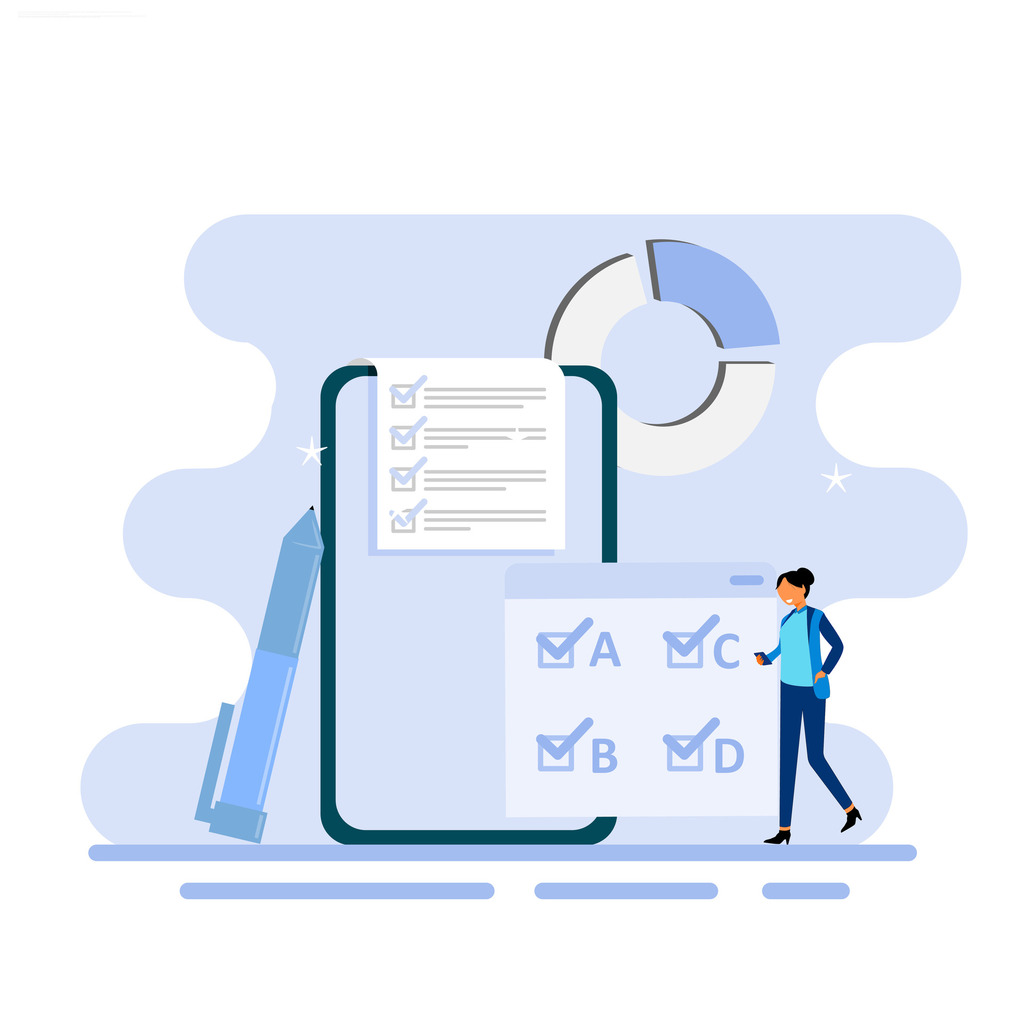Boost Insights with Customizable Survey Templates for Your Business

Data drives modern business success. Companies need reliable methods to collect feedback that fuels growth and strengthens customer relationships. Pre-built frameworks designed by industry experts offer a shortcut to gathering high-quality insights without starting from scratch.
Over 18,000 global brands trust professionally developed question sets to streamline their research processes. These tools combine proven question structures with adaptive formatting, aligning with diverse industry needs while maintaining brand consistency. The approach eliminates common pitfalls like biased wording or ineffective sequencing that skew results.
Advanced analytics turn raw responses into clear trends through intuitive dashboards. Decision-makers gain real-time visibility into customer preferences, operational pain points, and market opportunities. This immediate access to processed data reduces analysis time from weeks to hours.
Platforms supporting these solutions provide enterprise-grade features scaled for teams of all sizes. Users maintain full control to modify questions, design elements, and distribution channels while preserving core research integrity. Built-in compliance checks ensure data meets privacy regulations across regions.
Key Takeaways
- Expert-designed frameworks increase response rates and data accuracy
- Integrated analytics convert feedback into visual, actionable reports
- Scalable tools adapt to businesses of any size or industry
- Pre-configured templates save 80% of questionnaire design time
- Custom branding options maintain corporate identity standards
The Power and Potential of Survey Templates
Modern organizations face mounting pressure to make informed decisions faster. Professionally designed frameworks bridge the gap between raw feedback and strategic action. Over 50 pre-built options address critical needs across customer, brand, employee, and product interactions.
How Structured Frameworks Elevate Insights
Expert-crafted templates use research-backed question sequences that avoid bias and fatigue. These tools standardize data collection while allowing subtle adjustments for industry-specific needs. Free platforms like Qualtrics offer entire libraries covering satisfaction metrics, feature prioritization, and market testing.
Built-in logic flows guide respondents naturally through surveys. This structure boosts completion rates by 40% compared to unplanned questionnaires. Each template balances depth with brevity – most take under 5 minutes to finish.
Driving Measurable Business Outcomes
Consistent feedback mechanisms reveal patterns across departments. Teams track customer loyalty trends through Net Promoter Score® templates while monitoring employee engagement in parallel. Standardized formats enable apples-to-apples comparisons between locations or time periods.
Three core benefits emerge:
- Faster implementation: Launch studies in hours instead of weeks
- Higher-quality data: Professionally vetted questions reduce errors
- Actionable benchmarks: Compare results against industry standards
Brands using these frameworks report 22% faster response analysis. Decision-makers gain clarity on operational gaps and emerging opportunities through unified dashboards. The result? Data-driven strategies that accelerate growth while maintaining compliance.
Maximizing Insights with Customizable Survey Templates

In today’s fast-paced market, actionable intelligence separates industry leaders from competitors. Professionally designed frameworks equip teams with precision tools to capture critical perspectives while maintaining research rigor. These solutions evolve with organizational needs, blending structure with strategic flexibility.
Key Features and Adjustment Capabilities
Leading platforms offer dynamic question formats that adapt to respondent behavior. Conditional logic tailors follow-up inquiries based on previous answers, increasing relevance. Mobile-optimized layouts maintain clarity across devices, ensuring consistent user experiences.
Brands can modify colors, logos, and fonts to align with corporate identity guidelines. Advanced users integrate proprietary metrics or industry-specific terminology without compromising data integrity. Real-time validation checks prevent incomplete submissions, while multi-channel distribution options reach audiences wherever they engage.
Connecting Data to Decision-Making
Sophisticated analysis tools like Qualtrics’ Stats iQ transform responses into visual trends and predictive models. Dashboards highlight customer sentiment shifts as they occur, enabling swift operational adjustments. One retail chain used these insights to reduce product return rates by 18% within six months.
Integration with CRM systems creates unified customer profiles that inform service strategies. Teams compare departmental performance through standardized metrics, identifying improvement opportunities faster. Automated reports distill complex datasets into executive summaries, saving dozens of analysis hours weekly.
Enhancing Customer and Employee Satisfaction
Understanding stakeholder perspectives remains critical for organizational growth. Specialized tools help businesses measure what matters most – from client loyalty to team morale. Platforms now provide industry-aligned frameworks that simplify benchmarking against competitors while maintaining compliance.
Designing Customer Satisfaction and Net Promoter Surveys
Customer satisfaction survey tools use research-backed structures to evaluate service quality and product performance. These frameworks assess multiple touchpoints, from initial purchases to support interactions. Net Promoter Score® templates identify brand advocates and critics through standardized loyalty metrics.
One telecom company improved retention by 14% after implementing NPS-driven strategies. Real-time dashboards reveal how scores compare to regional averages, enabling targeted improvements. The best systems update results automatically as responses arrive.
Boosting Engagement Through Employee Feedback
Effective teams measure workplace sentiment with the same rigor as customer opinions. Structured employee engagement assessments evaluate management effectiveness, career development opportunities, and cultural alignment. Anonymous feedback options encourage honest input.
Data shows companies using these tools reduce turnover by up to 27%. Integrated analytics connect staff satisfaction to productivity metrics, proving the ROI of workplace investments. Leaders gain insights to address concerns before they escalate.
Standardized formats create year-over-year comparisons that highlight cultural shifts. When paired with customer loyalty data, organizations see how internal changes impact external success. This dual focus drives sustainable growth across departments.
Best Practices for Implementing Survey Templates

Strategic implementation transforms standard tools into powerful insights engines. Organizations achieve peak results when combining proven frameworks with intentional execution methods. These approaches maximize response quality while respecting participant time.
Expert Tips for Design and Distribution
Timing and targeting drive effective feedback collection. Send employee engagement surveys after milestone events like project completions. Use CRM integrations to automatically trigger customer satisfaction checks post-purchase.
Multi-channel distribution boosts participation. Embed market research tools in mobile apps alongside email campaigns. A healthcare provider increased response rates by 33% using this hybrid approach.
Real-World Applications and Case Studies
Retail brands use standardized templates to test product concepts before launches. One outdoor gear company avoided a $2M production mistake by identifying flawed features early. Service industries apply these tools to benchmark performance against regional competitors.
Leveraging Data for Continuous Improvement
Connect survey results to operational dashboards for real-time adjustments. A tech firm reduced customer churn by 19% after linking feedback to support response times. Cross-departmental teams use unified metrics to align priorities and track progress quarterly.
Regular feedback cycles create living data ecosystems. This practice helps organizations spot trends faster and allocate resources where they deliver maximum impact.
Conclusion
Businesses thrive when decisions stem from actionable insights, not guesswork. The right tools transform raw feedback into growth strategies that elevate customer loyalty and employee retention. Leading platforms now offer enterprise-grade capabilities to organizations of all sizes, breaking down traditional barriers to quality market research.
Companies adopting systematic feedback collection gain clear advantages. They identify customer experience gaps faster and align product development with real-world needs. Employee satisfaction metrics reveal operational improvements that boost productivity and reduce turnover.
Delayed implementation risks competitive relevance. Brands using these solutions adapt to market shifts while maintaining service excellence. Free access to professional tools accelerates this process – teams launch studies within minutes, not weeks.
The path forward is clear. Continuous improvement through stakeholder insights drives sustainable growth across industries. Organizations that prioritize this approach today position themselves as tomorrow’s market leaders.

